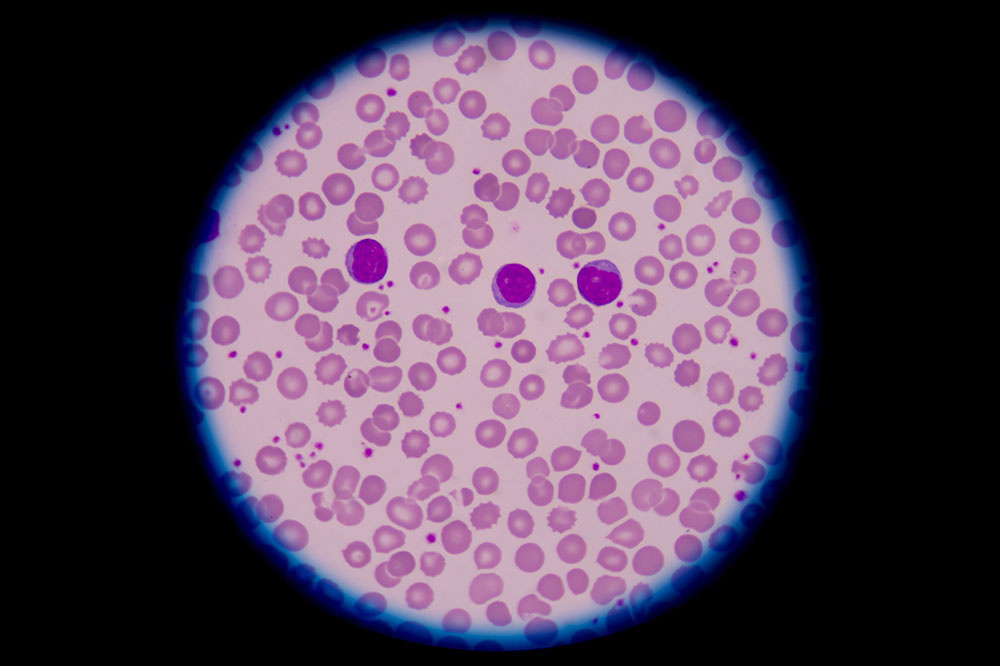Understanding the Causes of Low White Blood Cell Counts
Learn about the causes and symptoms of low white blood cell counts, including medical conditions, treatments, and infections. Discover how low WBC levels impact immunity and the available treatment options to manage leukopenia effectively.

White blood cells (WBCs) play a vital role in defending the body against infections. These cells are produced in the bone marrow, and their levels are measured to assess overall health. A decrease in WBC count, known as leukopenia, increases susceptibility to infections. The standard WBC range is typically between 4,500 and 10,000 cells per cubic millimeter, though this can vary. Various factors can lead to low WBC counts, including medical treatments, bone marrow issues, infections, and certain diseases.
Common causes include:
Bone marrow dysfunction – Congenital conditions can impair bone marrow activity.
Radiation therapy – Cancer treatments may damage healthy bone marrow stem cells, reducing WBC production.
Chemotherapy – Many chemotherapy drugs suppress marrow function, lowering WBC levels.
Leukemia – Blood cancers disrupting marrow function hinder WBC formation.
HIV/AIDS – These viruses weaken immune defenses by decreasing WBC count.
Aplastic anemia – This condition stops the marrow from producing adequate WBCs, risking infections.
Viral infections – Certain viruses interfere with marrow activity, decreasing WBC levels.
Medications – Some drugs, including antibiotics, can inadvertently destroy white blood cells.
Symptoms of low WBC might be subtle or absent but can include fever, fatigue, sore throat, and frequent infections. For treatment, blood transfusions or medications that stimulate WBC production are common interventions.
Disclaimer: Our blog offers informative insights based on research, but should not replace professional medical advice. Always consult healthcare providers for accurate diagnosis and treatment.










